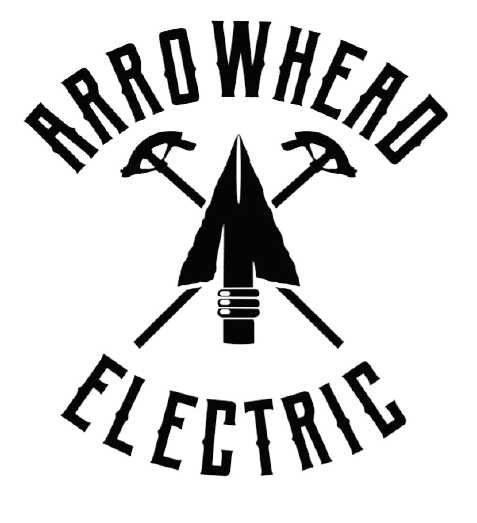Your Trusted Partner for Electric Wiring
Electrical wiring installation is a complex task that should only be performed by a qualified electrician. The following are some of the basic steps involved in electrical wiring installation:
- Disconnect the power source. This is the most important step to ensure safety.
- Identify the circuit. Determine which circuit the new wiring will be connected to.
- Install the wiring. Run the new wires through the appropriate conduits or raceways.
- Connect the wires. Use wire connectors or crimp terminals to connect the new wires to the existing wiring.
- Insulate the connections. Use electrical tape or heat shrink tubing to insulate the connections.
- Test the circuit. Once the wiring is installed and connected, test the circuit to ensure that it is working properly.
Electrical Wiring Safety
Electrical wiring safety is essential to prevent electrical shock, fire, and other hazards. Here are some important safety tips to keep in mind when working with electrical wiring:
- Always disconnect the power source before working on electrical wiring.
- Use the correct wire size and type for the application.
- Insulate all connections properly.
- Use appropriate safety gear, such as gloves and safety glasses.
- If you are not comfortable working with electrical wiring, hire a qualified electrician.
Electrical Wiring Maintenance
Electrical wiring should be inspected and maintained on a regular basis to ensure safety and reliability. Some common electrical wiring maintenance tasks include:
- Tightening all connections
- Checking for damaged or frayed wires
- Replacing any defective wiring
Conclusion
Electrical wiring is an essential part of any electrical system. Proper wiring is essential for safety and reliability. If you are not comfortable working with electrical wiring, hire a qualified electrician.






